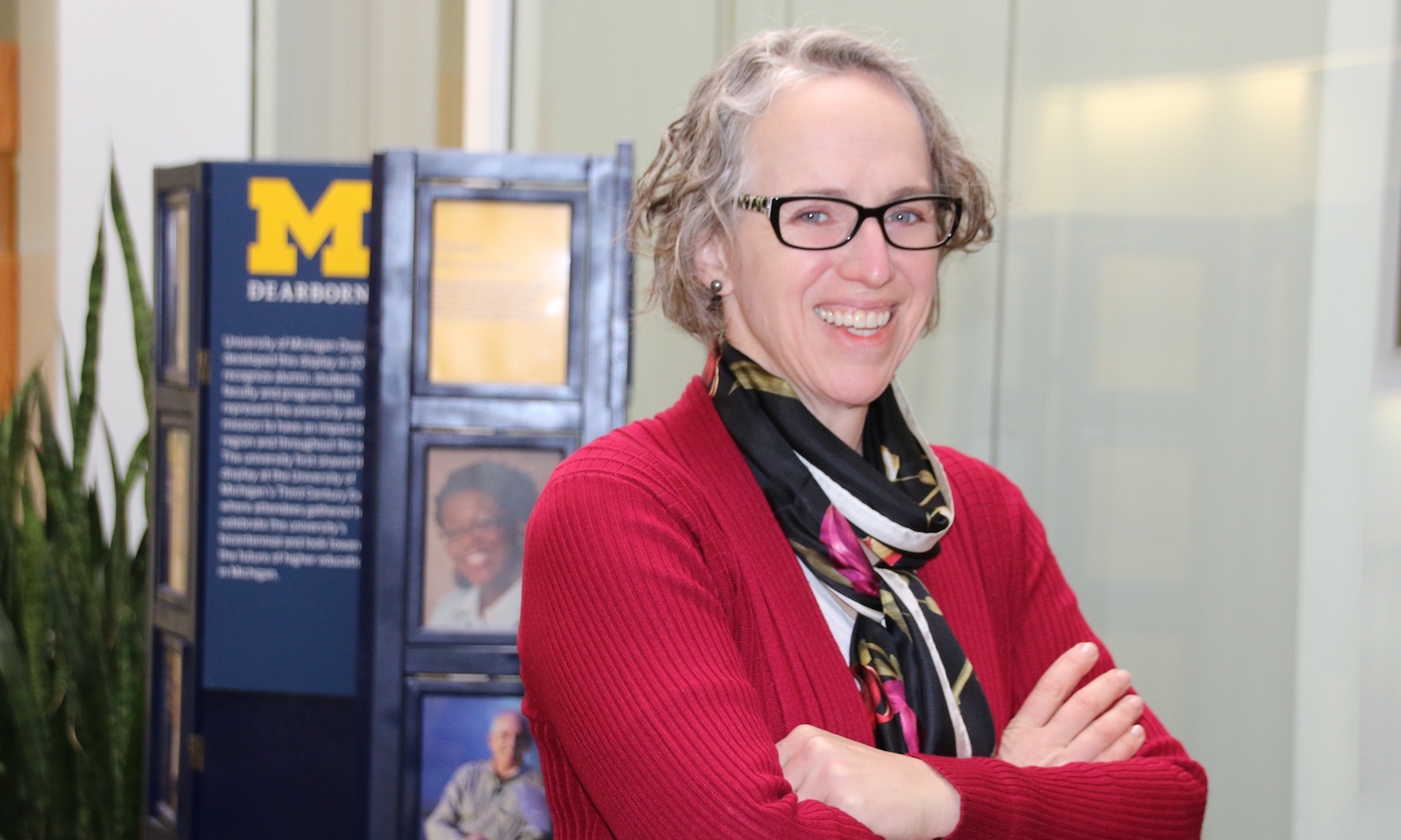Inclusive practices and diversity trainings championed by human resource officers have made many workplace environments more equitable.
However, there are major issues that still need addressed, said Organizational Behavior Associate Professor Joy Beatty. She’s a veteran researcher in the management field, especially when it comes to practices that impact a person with a disability or chronic illness.
Beatty — who has been involved with disability research from a management perspective for nearly 20 years — wanted to better understand what could be done to continue advancing equity in the workplace. According to a recent World Health Organization study, employment rates among people who have experienced disabling conditions average 40 percent of the overall employment level; unemployment rates are typically twice the overall average.
Beatty’s the lead author for a review paper recently published in Human Resource Management, investigating the past two decades of research in an effort to guide future research in the field.
“I wanted to look at what the available research tells us about workplace treatment of persons with disabilities and what remains understudied,” Beatty said. With an aging working population and with the growing diagnosis of sensory and cognitive disorders in today’s youth — among other reasons — she said it’s important to address these gaps in research.
The paper evaluated research from 1996 — the publication year of one of the seminal paper in the field by Diana Stone and Adrienne Collela — through 2016. Colella is one of the co-authors on Beatty’s paper, and offers historical context on the changing organizational landscape for persons with disabilities.
In the review of 88 empirical studies from management, rehabilitation, psychology and sociology research, Beatty and her co-authors noticed several gaps. Those included: relatively limited studies on cognitive and psychological disorders; research data drawn disproportionally from western countries, overlooking disability in other countries, and a tendency to put people with disabilities into one general group even though varying conditions bring varying experiences.
“When it comes to voice and political power, there is an advantage to being in a coalition of persons with all kinds of disabilities. But when you get down to the fine-grained level, the different experiences and needs may require some unique solutions ,” said Beatty, who has a personal connection to this research area; she was diagnosed with the chronic illness Lupus in her undergraduate years. “Different groups have different needs, so it is important that our research doesn’t see disability as a monolithic group.”
While human resource managers wait for additional research efforts to address these gaps, Beatty suggests continuing awareness efforts like supervisor trainings on how to help accommodate workers with varying abilities and attending to hiring protocol to minimize bias.
The good news is that these best practices can improve the workplace by creating an inclusive environment for all employees, not just those with disabilities.
“Research helps put policies in place until awareness and equitable treatment just becomes part of our every day,” she said. “We all want to be treated well. And that leads to higher job satisfaction, retention and productivity.”




